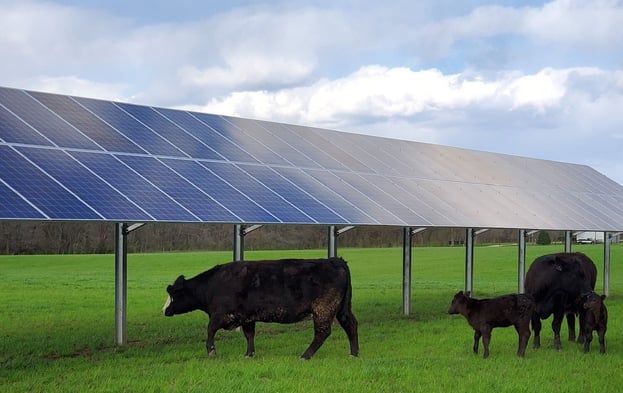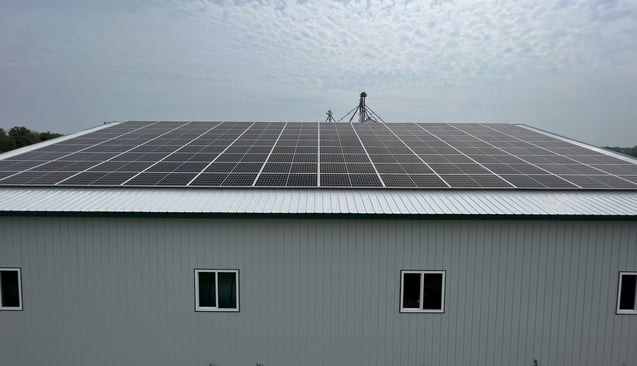Discover the pros and cons of ground-mounted and roof-mounted solar panels to determine the optimal location for your solar energy system.
Benefits of Ground-Mounted Solar Panels
Ground-mounted solar panels offer several advantages. Firstly, ground-mounted panels can be placed at the optimal angle and orientation to maximize sun exposure, resulting in higher energy production. This is especially beneficial for locations with limited roof space or shaded areas. They are also easier to maintain, as they are accessible from all sides. This accessibility also allows for easier cleaning and removal of debris.
Another advantage of ground-mounted panels is their potential for improved cooling. When panels are mounted on the ground, air can circulate beneath them, dissipating heat and improving their efficiency. This can result in higher energy output and longer lifespan for the panels.
Lastly, ground-mounted systems have the option to be elevated higher, frequently utilized by farms to offer cooling shade for animals in the summer months.

The photo shown above is an example of an elevated array that provides safe shading for animals.
Considerations for Roof-Mounted Solar Panels
Roof-mounted solar panels have their own set of advantages and considerations. One of the main benefits of roof-mounted panels is their utilization of existing space. Since most properties have available roof area, installing solar panels on the roof can be a convenient and a space-efficient option. They can also be advantageous for properties with limited ground space or complex terrain.
Additionally, roof-mounted panels can blend seamlessly with the architecture and design of the building, maintaining its aesthetic appeal. They are less visible from ground level compared to ground-mounted panels, which can be a preference for some property owners.

The photo above highlights a roof space that can be used efficiently without losing its aesthetic value.
Factors to Evaluate for Solar Panel Location
When deciding on the ideal location for solar panels, several factors should be evaluated. Firstly, the amount of available space and its suitability for either ground-mounted or roof-mounted panels should be assessed. Consider the size and orientation of the roof, as well as the available ground area and any potential obstructions or shading.
Other factors to consider include the property's electrical infrastructure and connection to the electrical grid. Evaluate the distance and accessibility to the grid connection point, as well as any necessary upgrades or modifications that may be required.
Tags:

Jul 9, 2024 9:55:21 AM




Comments